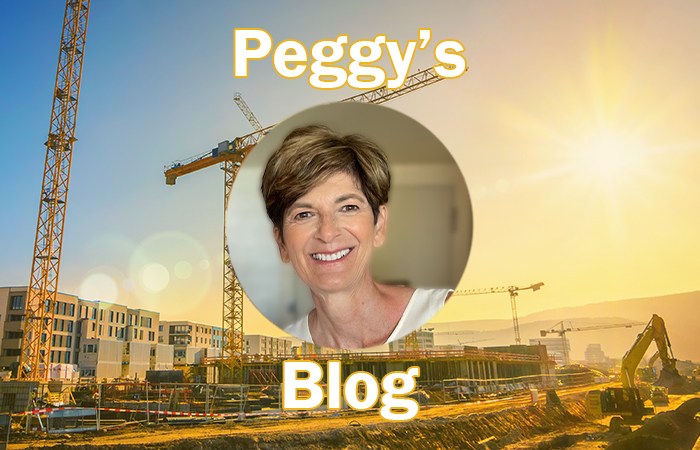There are sustainability opportunities all around in the construction industry, if we are willing to look for them. From sustainable materials to waste reduction to water conservation to new innovation and technologies, there are a few ways to create a more sustainable jobsite—and more sustainable homes, buildings, cities, and communities for the future.
For today’s blog, perhaps we can consider two new case studies that are trying to lead the way for innovation in the construction industry.
Wood Waste No More
Perhaps one of the biggest challenges in the construction sector is waste. And we all know there is a lot of it. We have all likely heard many staggering statistics, some of which project that the global construction industry generates more than a billion tons of waste annually. Simply, that’s just too much for an industry that can do so much better on cutting back, building better, and being more resilient.
The reality is we can take some significant steps to improve waste management—and AI (artificial intelligence) is trying to make its mark in this area to help be more sustainable. As an example, Barton Malow is taking a new step in diverting wood waste. The 101-year-old construction company is using AI technology on the Hart Solar Farm project.
This project spans four square miles and has already diverted nearly 500 tons of wood waste that was converted into 38M BTU, enough energy to power 16 Detroit homes for a month (or equal to 824 tons of CO2e, the equivalent of taking 180 cars off the road for a year).
The technology from Woodchuck helps in several different ways. For one, it’s focusing on reducing waste by diverting thousands of pallets and wood debris from landfills. But it is also completely transforming on-site logistics as well. With data in hand, Barton Malow is also able to do reporting on greenhouse gas inventories for its annual sustainability reports. That’s a win-win.

Smart Neighborhood, Sustainable Home
As another example, Nicor Gas has announced a new Smart Neighborhood Show Home in Aurora, Ill., which will be unveiled in November. The goal here is that The Habitat Green Freedom neighborhood has been developed in cooperation with Habitat for Humanity of Northern Fox Valley.
The homes are designed specifically for Nicor Gas customers living in the cold Illinois climate to showcase how energy efficiency, renewables, and smart technologies help keep energy costs low and improve resiliency.
Nicor Gas is working with the National Energy Renewable Laboratories (NREL) and GTI Energy to study the best energy technologies to achieve sustainable housing with the lowest energy bills and highest reliability in extreme weather.
Once homeowners move in, Nicor Gas and its research team will continue to study the longer-term benefits of these technologies and strategies through a two-year research project. The goal is to help Nicor Gas evaluate new products and services for its customers as well as educate stakeholders and share best practices with the energy industry.

Certainly, these are only two examples. There are more. But the idea is to help you be as creative as possible to come up with your own ideas to reduce waste and improve your bottomline all while improving the communities and environment to which you construct. The point is there is opportunity to improve sustainability at the jobsite and in our homes, cities, and infrastructure if we are willing to think outside the box and even look for them.
Want to tweet about this article? Use hashtags #construction #IoT #sustainability #AI #5G #cloud #edge #futureofwork #infrastructure


